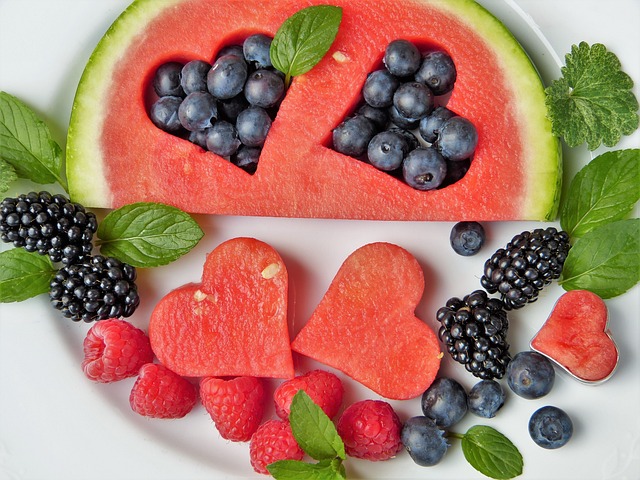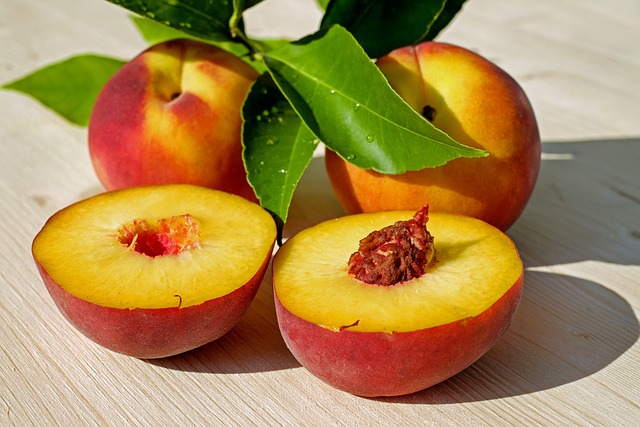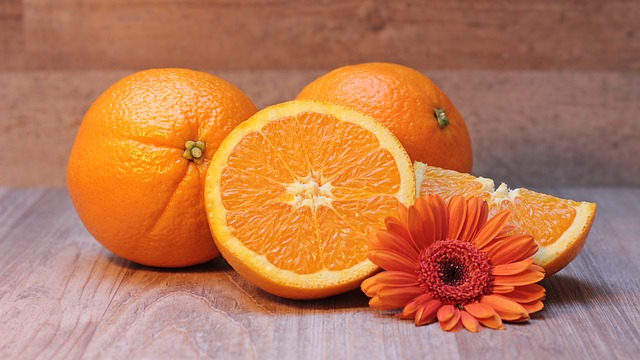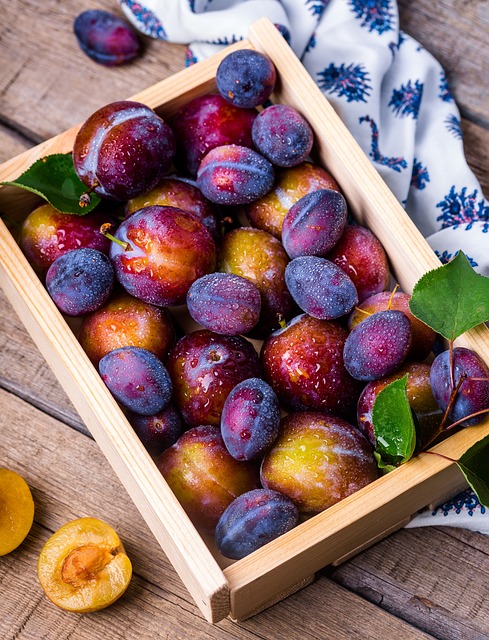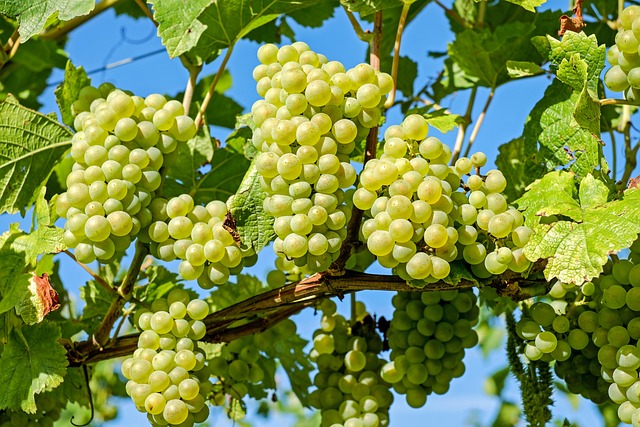Beyond Yogurt: Exploring Lesser-Known Sources of Probiotics
In recent years, there has been a lot of buzz surrounding probiotics and their potential health benefits. Probiotics are live bacteria and yeasts that are beneficial for our digestive system. While yogurt is often hailed as the go-to source for probiotics, there are many other lesser-known sources that can provide you with the benefits of these microorganisms.
Sauerkraut
Sauerkraut is a type of fermented cabbage that is rich in probiotics. It is made by fermenting cabbage in a brine solution, and during this process, beneficial bacteria, such as Lactobacillus, develop. These bacteria can help improve digestion and support immune health. Including sauerkraut in your diet can be as simple as adding it as a topping to your sandwiches, salads, or bowls.
Kombucha
Kombucha is a fermented tea beverage that has gained popularity in recent years. It is made by fermenting sweetened black or green tea with a symbiotic culture of bacteria and yeast (SCOBY). The fermentation process produces probiotics, as well as other beneficial compounds like antioxidants and organic acids. Kombucha is widely available in many flavors and can be a refreshing and probiotic-rich alternative to sugary sodas.
Miso
Miso is a traditional Japanese seasoning made by fermenting soybeans with salt and a fungus called Aspergillus oryzae. The fermentation process gives miso its distinct umami flavor and also generates probiotics. Miso paste can be used to flavor soups, dressings, marinades, and more. Incorporating miso into your diet can add a depth of flavor while also providing your gut with beneficial bacteria.
Kimchi
Kimchi is a spicy and tangy Korean side dish made from fermented vegetables, usually napa cabbage and radishes. Similar to sauerkraut, kimchi undergoes lactic acid fermentation, which promotes the growth of probiotic bacteria. Packed with vitamins, fiber, and beneficial bacteria, kimchi can be enjoyed on its own or added to various dishes, like stir-fries, tacos, or rice bowls.
Tempeh
Tempeh is a traditional Indonesian soy product made by fermenting soybeans with a starter culture. The fermentation process binds the soybeans together into a firm cake-like form. Not only is tempeh a great source of plant-based protein, but it also contains probiotics. It can be cooked and used as a meat substitute in recipes such as stir-fries, sandwiches, and salads.
Apple Cider Vinegar
Although it may not be a direct source of live probiotics, apple cider vinegar deserves a mention due to its prebiotic properties. Prebiotics are substances that promote the growth of beneficial bacteria in the gut. Apple cider vinegar, especially raw and unfiltered versions, contains acetic acid, which acts as a prebiotic. Incorporating apple cider vinegar into dressings or diluting it in water can provide a prebiotic boost to your gut health.
Conclusion
While yogurt is a popular choice for obtaining probiotics, it’s important to explore other lesser-known sources to diversify the types of bacteria you consume. Incorporating sauerkraut, kombucha, miso, kimchi, tempeh, and apple cider vinegar into your diet can introduce a variety of probiotics that may offer additional health benefits. Experiment with different sources and flavors to find what suits your taste preferences and supports your gut health best.

